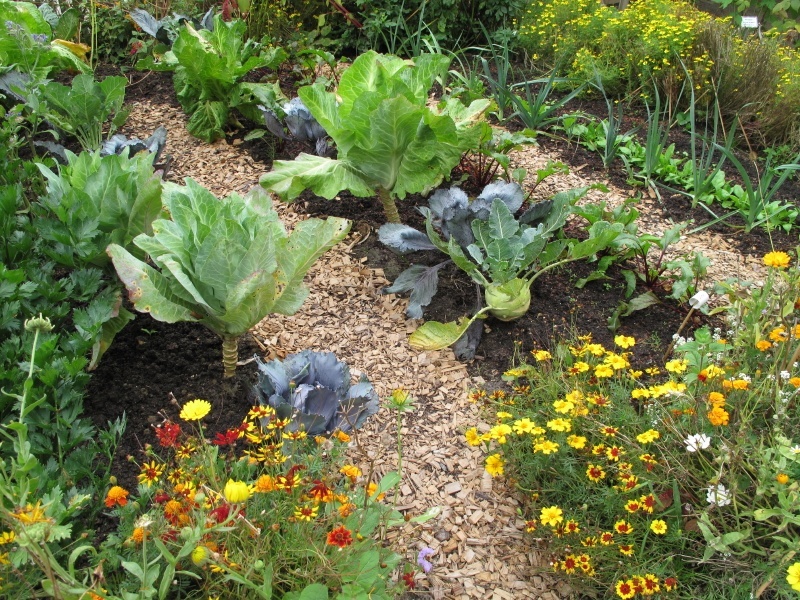
Companion planting has gained great momentum amongst novice and experienced gardeners alike; especially with those who aim to grow maximum food in minimum space.
Some plants like marigolds and a few other aromatic herbs are grown exclusively for the protective effect they seem to have against many garden pests, but not all vegetables appreciate their presence.
When space is premium, you should choose your bedfellows carefully, so it helps to know not only the ideal companions of each plant but their enemies too.
Many plants simply hate to share their space with others.
A typical example is black walnut trees that do not allow anything to grow under them by producing the chemical juglone in all parts of the tree, including leaves. This type of non-selective allelopathy is a natural mechanism to reduce competition.
Some plants are very choosy about their companions.
They like the company of some, but not all.
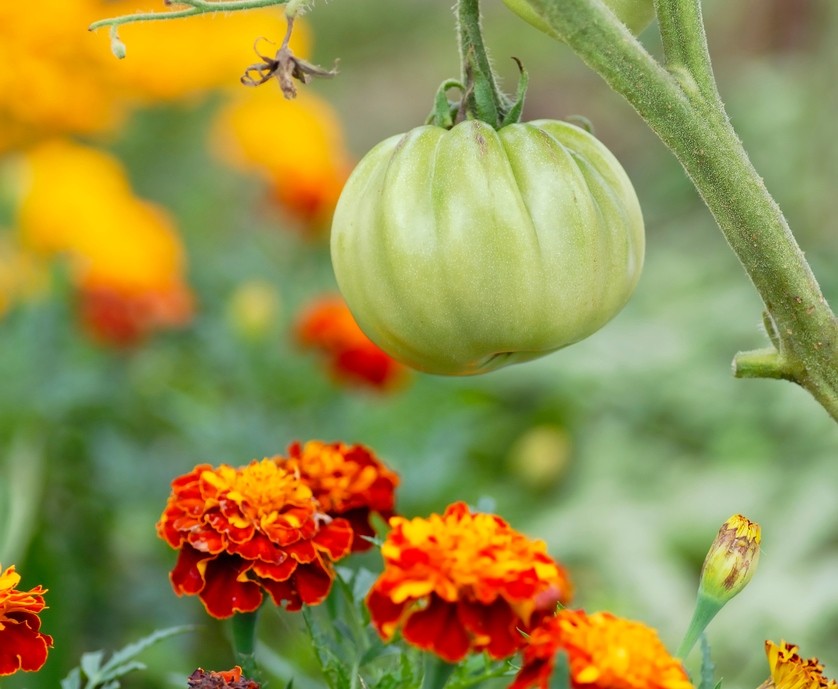
For example, tomatoes benefit from having marigold, garlic, chives and basil planted in the same bed since these companions protect them from parasitic nematodes and hornworms. At the same time, they cannot stand having cabbage and cauliflower nearby.
The exact reason why some plants get along with certain companions, while declining perceptibly in the company of others, is not known, although many theories are put forward.
Selective allelopathy could be a way to avoid competition between plants that require the same type of nutrients or to minimize the risk of common pests that plants from the same family often have.
Potatoes, tomatoes, peppers, and eggplant belonging to the nightshade family Solanaceae are susceptible to the same bacterial, fungal and viral diseases. They have several common pests too. So it makes sense not to grow them next to one another.
The same logic applies to cruciferous vegetables like cabbage, cauliflower, broccoli and Brussels’ sprouts.
That may explain why broccoli plants leave behind a chemical residue in the soil that prevents subsequent plantings of this family to thrive. It could be an insurance against pests and pathogens overwintering in the beds. Crop rotation with unrelated species may help break this cycle.
The following list of incompatible plants, mainly compiled from the experience of seasoned gardeners, may have the backing of a few scientific experiments or explanations, but not in every case.
Nevertheless, it may help you to be cautious of what you grow together in your garden, and perhaps encourage you to add your own insights to the collective knowledge.
Popular Vegetables & What They Can’t Grow With
Asparagus
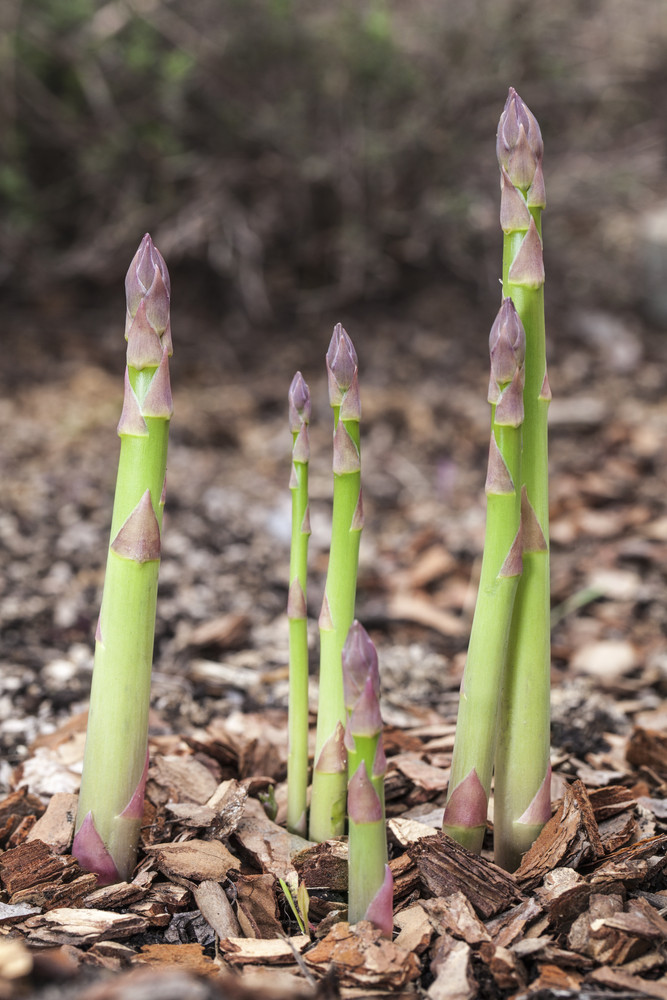
Asparagus seems to be happy to have nasturtiums and marigolds around, as well as herbs like basil and parsley, to take care of pest problems, but it does not like garlic and fennel in the neighborhood.
Fennel is a bad companion to a lot of veggies, but the problem between garlic and asparagus could stem from competition for the same nutrients by these sulfur-rich veggies or some other reason.
Try to avoid all onion family plants near the asparagus patch for good measure. After all, the asparagus is going to grow in that same spot for years to come.
Beans
Being a legume, bean plants have the capacity to enrich the soil by nitrogen fixing, so they are often planted in between other veggies, especially spinach, cucumber, corn, and potato.
However, beans shouldn’t be planted near veggies of the cabbage and onion families. These include cauliflower, broccoli, kale, cress, mustard, garlic, chives and leeks.
Broccoli
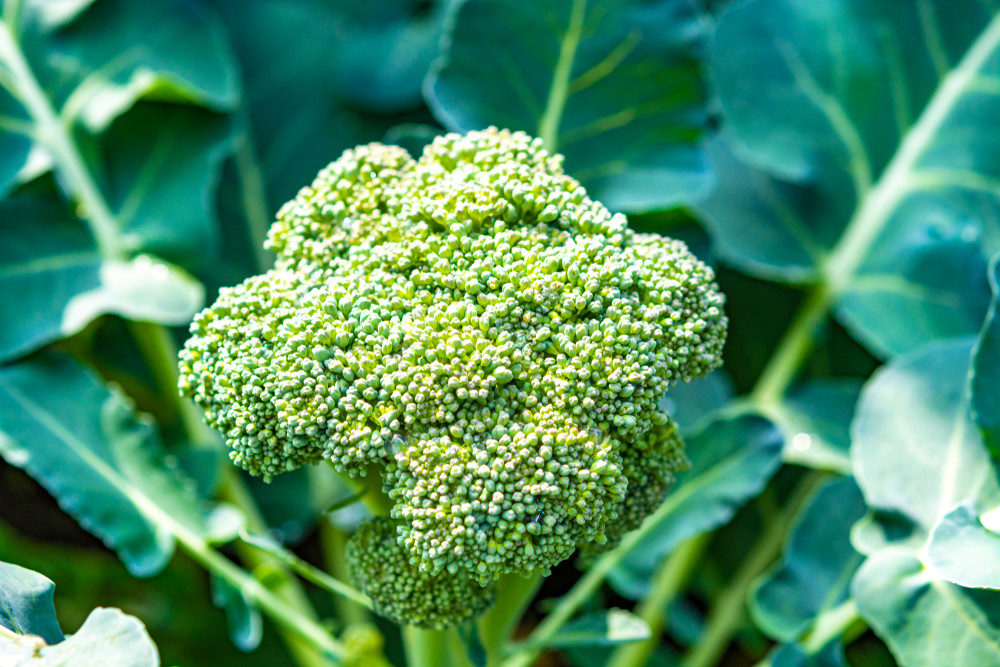
This green delight loves to have a host of aromatic herbs around, from alliums (onion family) to many mint family plants like peppermint, catnip, sage, oregano, pennyroyal and rosemary. But surprisingly, it does not like basil.
Also, avoid planting beans, peas, tomatoes, and strawberry plants near broccoli.
Carrots
Carrots thrive beside legumes like beans and peas and nightshade family vegetables. They have no problem sharing the space with root vegetables like radish, onion, and leeks, or with low growing plants like lettuce and parsley.
But celery and dill are two herbs carrots are not happy about. Avoid growing these in the same bed as carrots.
Cabbage
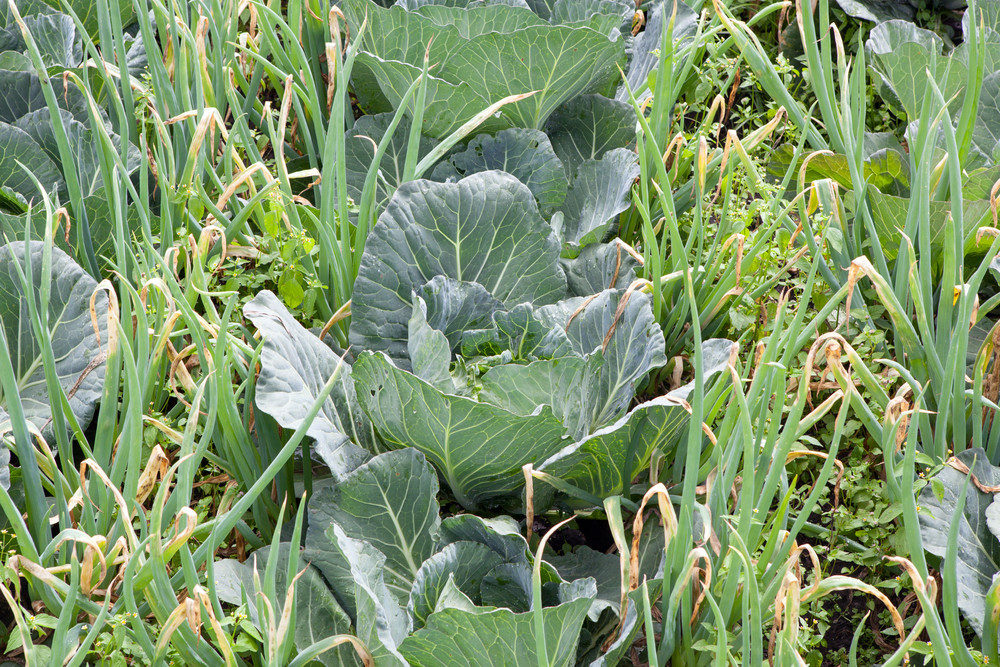
This soft-headed vegetable is prone to a large number of pests, so it enjoys the companionship of many herbs like dill, celery, garlic, onions, mints, thyme and rosemary that will help keep these critters at bay. But basil is an exception, so avoid planting this herb near cabbage.
Similarly, cabbage does not like tomato plants in its bed although it doesn’t seem to mind having potato plants as companions. Beans are no favorite of this cruciferous vegetable, especially pole beans.
Cauliflower
This popular cruciferous vegetable likes to have onion family plants and aromatic herbs as companions to ward off pests. But cauliflower has animosity towards basil, as in the case of cabbage.
Tomatoes are incompatible with cauliflower, so are beans. Also, avoid planting cauliflower in your strawberry patch, and vice versa.
Corn
The whole modern day idea of plant companionship hinges on the famous 3-sisters relationship between corn, beans, and squash. In fact, corn is a good companion to not only these, but other members of the cucurbit family such as melon, pumpkin, and cucumber, as well as most legumes and potatoes. Tomato is an exception, though.
Both corn and tomatoes are heavy feeders, which could be a reason for this incompatibility. If the soil is rich enough, they may not suffer as many ill effects when planted close to each other.
The corn earworm, also called tomato fruit worm, is a common pest of both the plants, so it makes sense to keep them away from each other.
Cucumbers
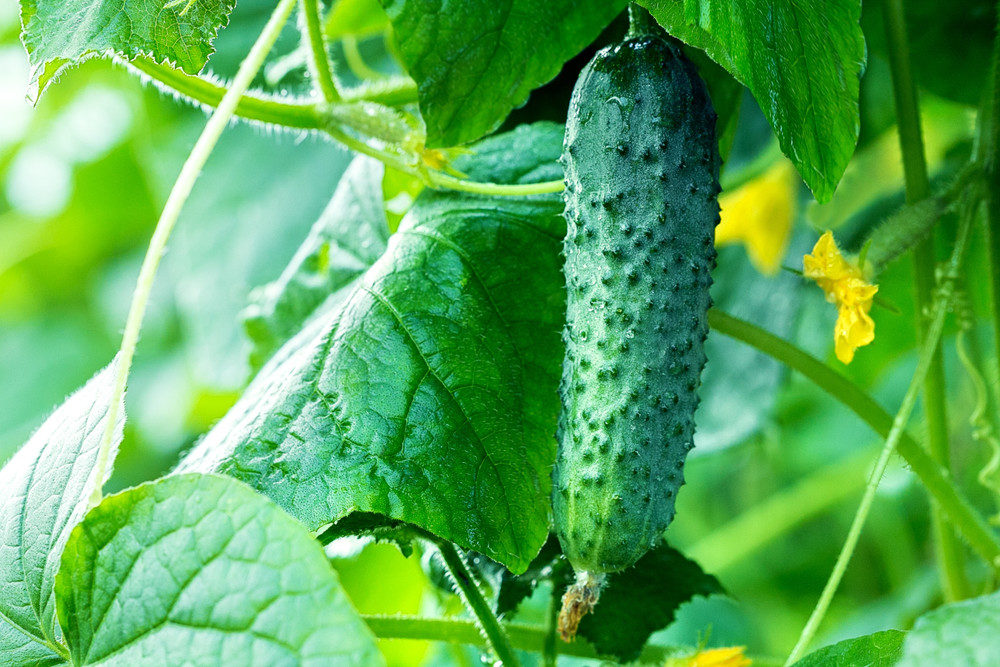
Cucumbers are a highly rewarding vegetable suitable for even novice gardeners. It is a blessing that cucumbers are great companion plants for beans and peas, as well as almost all vegetables of cabbage and nightshade families. Potato is the exception here, so don’t plant cucumbers near your potato plants.
Cucumbers seem to hate the company of aromatic herbs such as basil, sage, marjoram and rosemary for some reason.
Kale
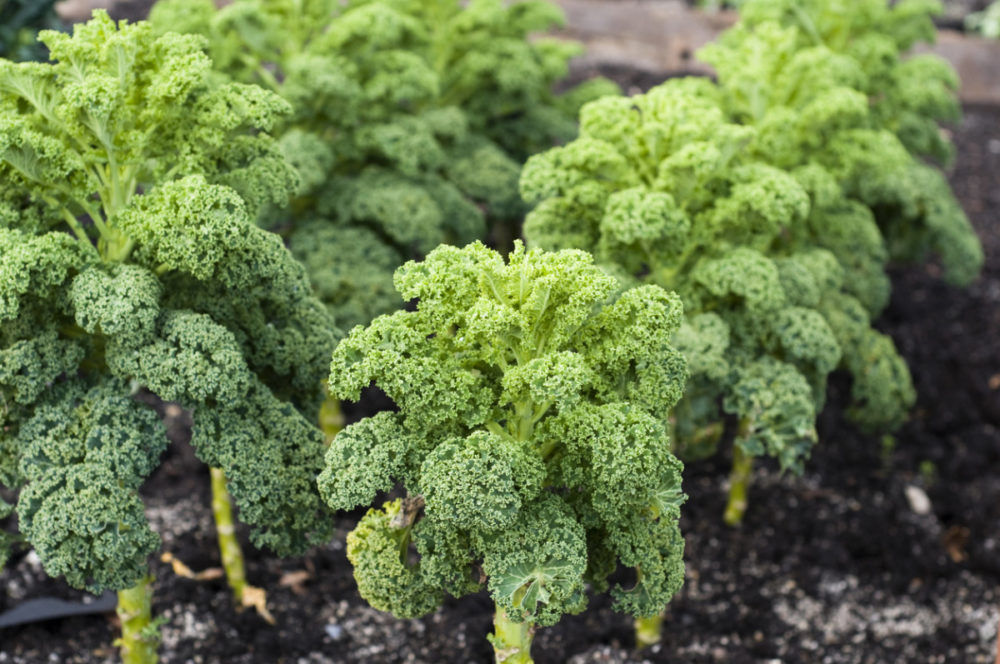
This dark green leafy vegetable with superfood tag is a success in most gardens although it belongs to the pest-prone cabbage family. It obviously enjoys the protection offered by garlic, onions, dill, nasturtium, and, of course, mint family herbs like thyme, sage, and rosemary.
However, for some reason, kale hates the company of basil, which also belongs to the mint family Lamiaceae.
Kale also doesn’t get along well with tomato, although it’s fine with potato. Strawberry is another plant that kale is not comfortable with. The feeling is mutual, so keep them far apart.
Lettuce
These delicate leafy greens may seem like a cabbage relative, especially the head-forming types, but they actually belong to the daisy family. They do make good companions for kale and cauliflower, but not for most other members from the same cruciferous family.
Lettuces are known for being intolerant of Allium family members, including onions and garlic.
Melon
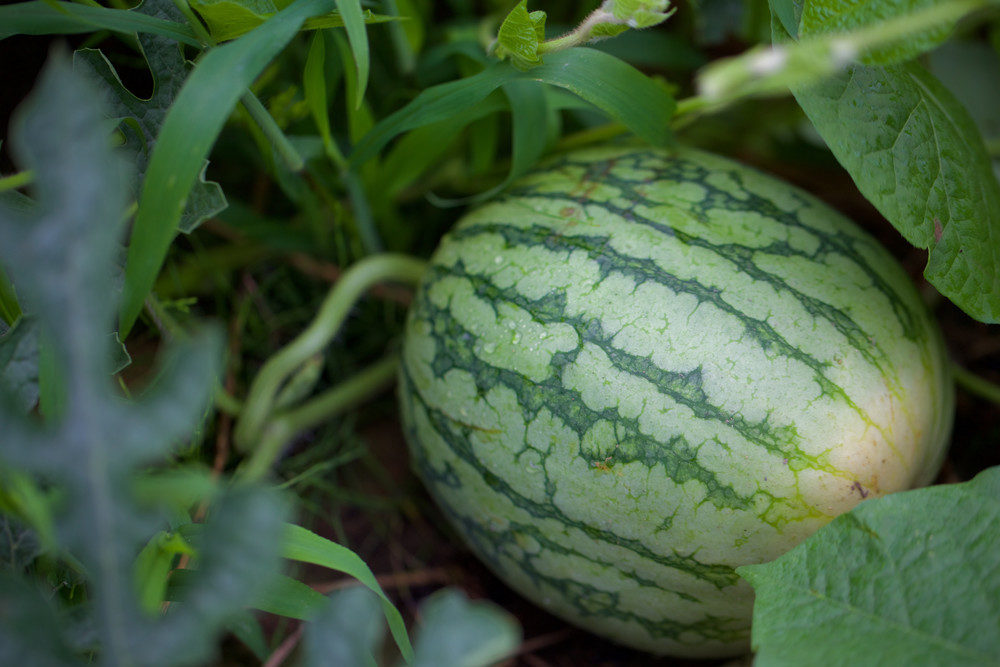
Melons are great companions to corn just as squash is. Spreading along the ground, they suppress weeds. Not only that, their large leaves act as an insulating layer over the soil, keeping the roots warm when it is cold, and cool when the temperature rises.
Melons are good with sunflowers and tomatoes too, but they do not like the company of potatoes, even though it is closely related to tomato.
Onion
This smelly bulb is a great companion to both nightshade vegetables and cabbage family. It surprisingly gets along with root crops like carrots and beets too.
What onions don’t seem to like are members of the legume family, which includes different types of beans and peas. Another vegetable incompatible to onions are asparagus, so keep them away from your asparagus patch.
Peppers
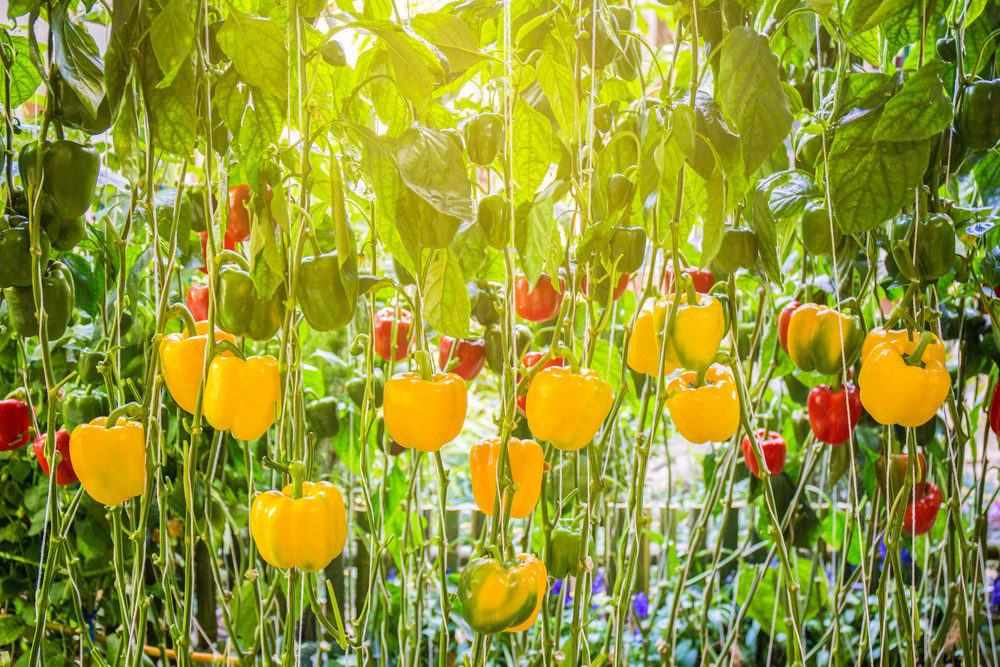
Peppers belong to the nightshade family, but are generally unaffected by the pest and disease problems encountered by other members of the family like tomatoes, potatoes, and eggplant. So peppers have no issues growing beside them, but they cannot stand kohlrabi and fennel for some reason.
Fennel is antagonistic to nearly all plants in the vegetable garden, but that is not the case with kohlrabi. Peppers don’t seem to have any issues with other members of the cruciferous family to which kohlrabi belongs.
Potatoes
Potato plants have a large number of companions, but their enemy list is just as formidable.
They get along well with companions big and small, like corn, beans, peas, and cabbage family vegetables. They also benefit from the company of insect repelling marigolds, nasturtium, and catnip.
Potatoes enemies include cucumber, pumpkin, squash, tomato, sunflower and spinach.
Potatoes and tomatoes being both nightshade family plants with common pests and diseases may explain their incompatibility. Other vegetables might be competitors for nutrients and legroom.
Spinach
Spinach is a good companion to legumes like beans and peas. Spinach gets along well with strawberries and most cabbage family veggies as well. However, it doesn’t seem to like potatoes growing close by. One reason could be spinach’s shallow roots.
Potato plants, even though they are much larger than spinach, tend to keep their roots closer to the top soil. Competition for water and nutrients could play a part in making them enemies.
The lush top growth of potato plants block out the sun. This could be another reason why spinach is not so fond of potatoes.
Squash
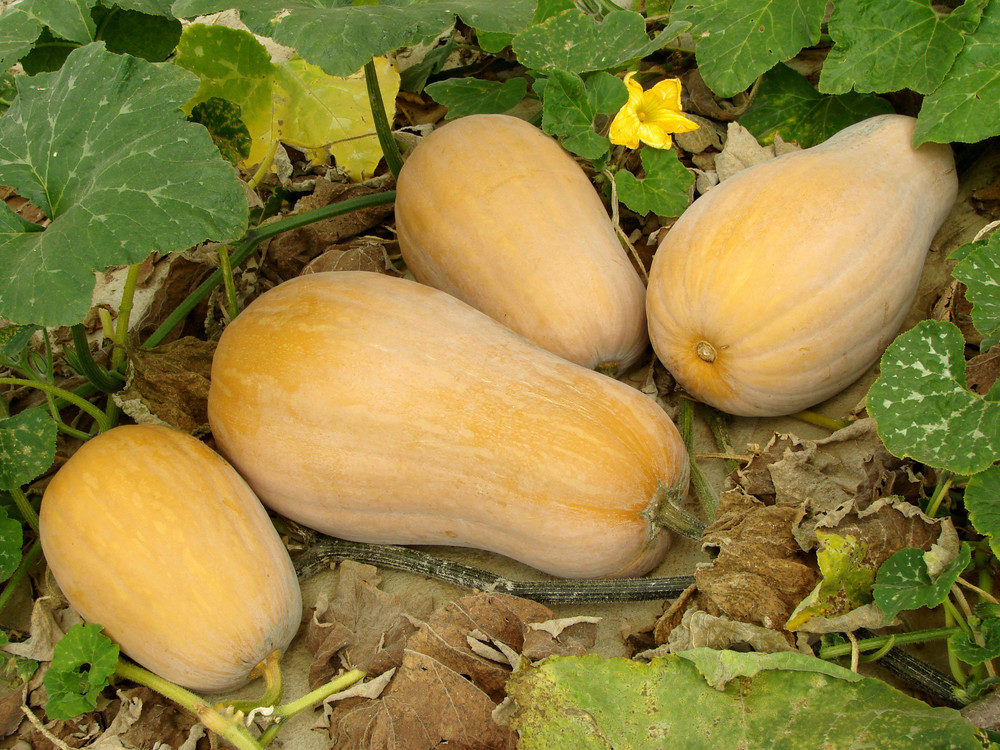
This tasty veggie gets along well with beans, onions, and radishes, and appreciates having insect-repellent herbs and protective plants like mint, catnip, marigold and nasturtium.
What is surprising about squash is that, while it makes a good companion to melons, it cannot coexist happily with pumpkins. Squash is incompatible with potatoes as well.
Strawberry
These plants like to have bush beans planted near them, and appreciate the presence of onions, thyme, and sage, which help keep away pests that. Strawberry plants hate having any of the pest-prone cabbage family veggies close by, for obvious reasons.
Tomato
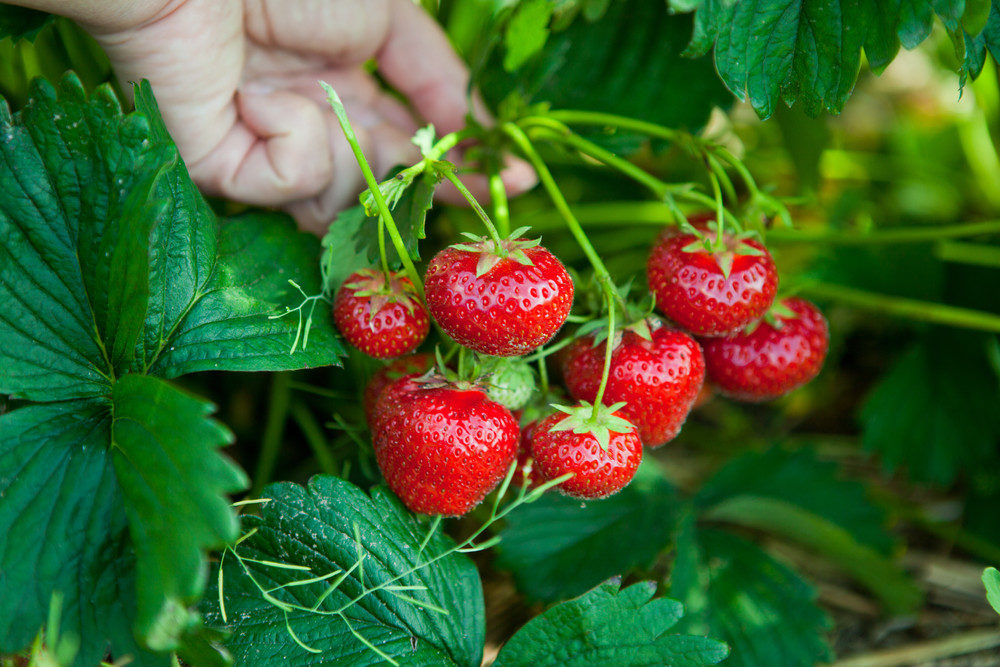
This garden staple attracts many pests which may affect other Solanaceae (nightshade) family veggies like potato, eggplant, and peppers, so it may be a good idea to avoid planting them together.
Keep that in mind when you do crop rotation too since many disease-causing microbes as well as eggs and larvae of common pests may remain in the soil for quite some time.
Also, do not plant tomatoes with corn, and cabbage family veggies.
Rosemary
This delightful herb not only looks great and smells great but does a wonderful job attracting pollinators.
Have several plants around, particularly near cruciferous vegetables. But avoid planting rosemary near cucumbers, this is not a good match.
Garlic
Most gardeners view garlic as a garden savior and grow it all over the place to keep the bugs away with its pungent smell. It is a great addition to any vegetable garden, especially when planted near tomatoes, radishes, roses, and cabbage family vegetables.
However, garlics ability to repel many garden pests does not seem to endear it to several other veggies.
Leguminous plants such as beans and peas fail to thrive when garlic is around. They show stunted growth and reduction in yield, especially snow peas. But many gardeners assure that there’s no problem as long as you leave sufficient distance between the bean plants and garlic so that their roots don’t have to share the same space. Do not plant garlic in your asparagus patch, though.
Do What Works Best
There may be many discrepancies between what different gardeners find to be good and bad companions for their veggies.
As mentioned earlier, it is not a precise science, but based on the gardening experiences of many home gardeners as well as some large vegetable growing companies.
Differences in weather and growing seasons, soil types, availability, as well as deficiency, of certain nutrients etc., may have a bearing on the compatibility issue.
For instance, if there are nutrient deficiencies in the soil, plants with similar needs will have more competition to access what little is available.
This also applies to the availability of water. Plants having their root zones in the same soil region can happily coexist if there’s plenty of water for all of them. But that wouldn’t be the case if they had to compete for the same.
Close observation plants will make you a good gardener. There can be no substitute for the attention you give to your garden.
Try out the planting guidelines given here to find what works for you and what does not. If you meticulously record your personal experiences, you might even discover several incompatibilities as well as beneficial companionships.
Want to know what plants can grow together?
Try these: 28 Companion Planting Combinations To Grow The Tastiest, Most Bountiful Food & Beautiful Flowers
